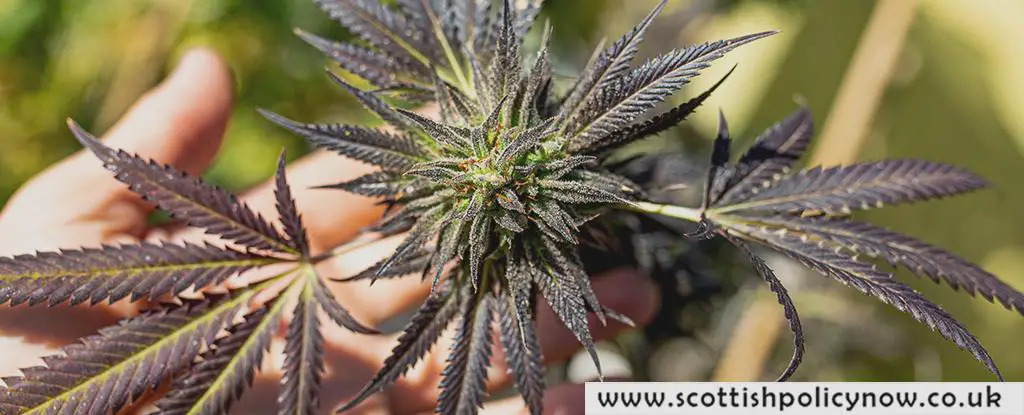Most adults eventually reach a point where they realize they’re no longer in tune with the younger generation. It could be a pop culture reference or a piece of slang that does it. For me, the moment came in my late 20s, when I was working with adolescents in schools to help them quit smoking. Sometimes other drugs would come up in conversation, and I wouldn’t understand the terms they used. A lot of people might feel similarly about cannabis, especially with its many new forms.
As a professor of psychology, my research focuses on substance use among adolescents and young adults. One of the most significant changes I’ve seen is the legalization and widespread availability of cannabis across the US. While there are arguments for and against legalizing cannabis for adult use, increased access to it can have unintended consequences for teenagers, especially with the growing potency of some cannabis products.
When people over 40 think of cannabis, they probably imagine the dried form for smoking. This type of cannabis wasn’t particularly strong; the average THC concentration in 1995 was about 4 percent, according to the Drug Enforcement Administration. By 2021, it had jumped to roughly 15 percent.

Aside from the smoked form, some people might remember edibles, like brownies, or hashish, a more potent form of cannabis. But today’s cannabis products are much more varied, and the THC concentrations can reach 40 to 70 percent, even over 80 percent in some cases, depending on how they’re extracted. This includes oils for vaping, waxy substances, and powders.
THC and cannabidiol (CBD) are the most common chemicals in cannabis. THC is responsible for the high, while CBD doesn’t have the same psychoactive effect. CBD might have medical uses, such as treating severe epilepsy, but it can also cause drowsiness or mood changes. Never use CBD without consulting a doctor.
The high THC content in concentrates can lead to increased blood levels of THC, which can be more intense and rapid than traditional smoked cannabis. These concentrates come in many forms, like “budder,” a yellowish paste, “shatter,” a brittle and translucent substance, and “keef,” a powder from the most potent parts of the cannabis plant.
Vaping cannabis has become popular, especially among young people, because it doesn’t produce the same strong smell as smoking. A 2021 systematic review found that past-year cannabis vaping almost doubled from 2017 to 2020 among adolescents, jumping from 7.2 percent to 13.2 percent. A more recent study found that 12.8 percent of adolescents in five northeastern US states vaped cannabis in the past 30 days. And a 2020 study discovered that one-third of adolescents who vape use cannabis concentrates.
Cannabis use by adolescents can affect brain development, making their brains less responsive to new experiences—a key aspect of growing up. Teens who use cannabis are also more likely to have schizophrenia-like symptoms, struggle in school, and engage in other risky behaviors.
The risks are even higher with cannabis concentrates due to their elevated THC levels. This holds true for both adolescents and adults, increasing the likelihood of schizophrenia symptoms, mental health issues, and severe cannabis use.
An analogy might help: think of alcohol. A 12-ounce beer is much weaker than 12 ounces of vodka. Traditional smoked cannabis is like the beer, while concentrates are like the vodka. Neither is safe for teens, but one is clearly more dangerous.
Given these risks, it’s crucial to talk with kids about cannabis and concentrates early, ideally before middle school. Research shows that expressing disapproval of drug use makes adolescents less likely to start. Online resources are available to help guide these discussions, which can be uncomfortable but are essential in preventing adolescent drug use.
Ty Schepis, Professor of Psychology, Texas State University.







